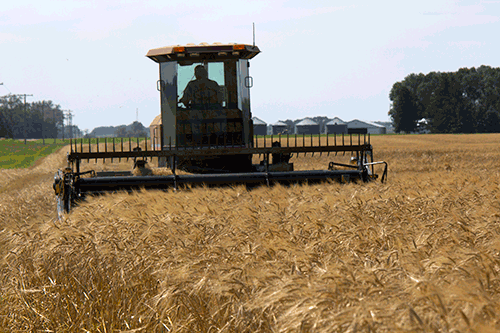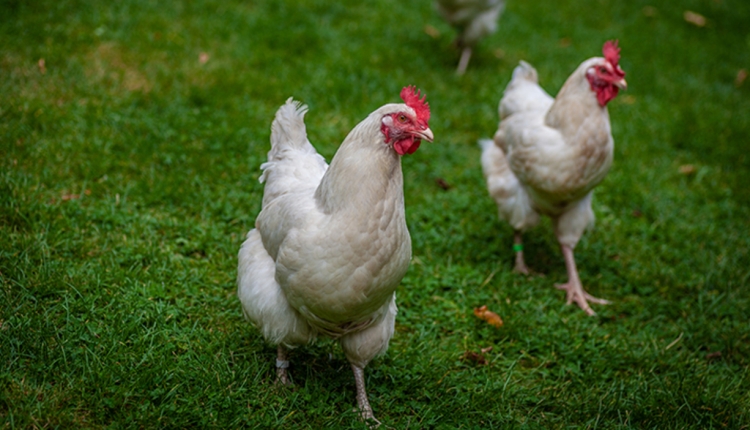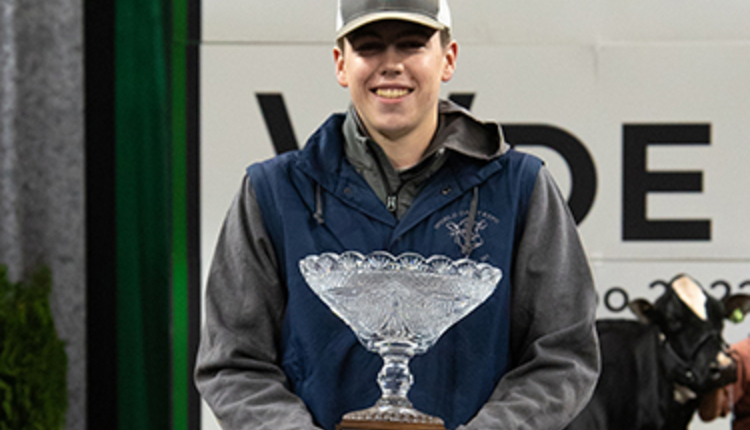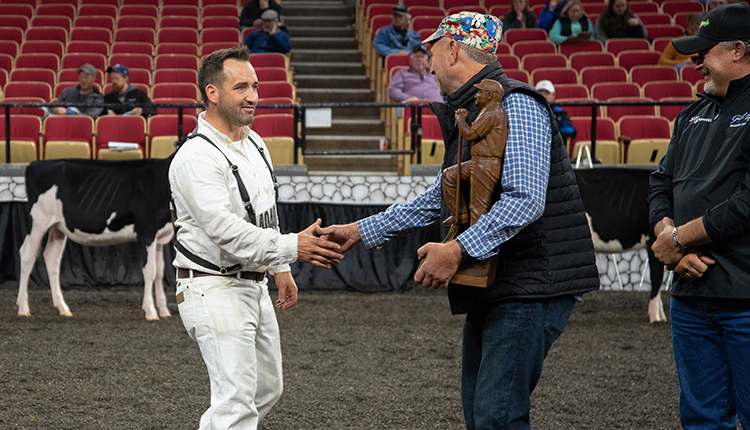For those growing corn, soybeans, wheat and other small grains, the 2006 to 2012 era has resulted in one of the best economic periods in American agriculture. However the three previous agricultural booms in the 1910s, 1940s and 1970s remind us all economic runs come to an end. The question is will the current run have a soft landing or will we experience the markets turmoil of the past three major agricultural downturns?

That issue was the focus of last week's recently released paper, "Farm investment and leverage cycles: Will this time be different?" by Jason Henderson and Nathan Kauffman from the Federal Reserve Bank of Kansas City.
Let's start with the reasons why the current run has a chance to have a different ending than America's past boom-to-bust cycles. Even with skyrocketing land prices, farm debt remains low since grain producers have financed most purchases with farm profits since 2006. In fact, farm debt ratios are near historic lows, Henderson and Kauffman point out. Other leaders in the Farm Credit System concur and point out real estate debt went down in both 2011 and 2012. However, those ratios are greatly enhanced by land values which represent 85 percent of the assets on the average farmer's balance sheet.
Another factor that would result in an economic soft landing is the fact ag lenders are being more cautious in lending money. How much so? Nearly all lenders are only financing ground for 50 percent of its value. That lending practice didn't take place in the 1970s which was the last downturn in agriculture.
Land isn't the only area where spending has risen dramatically during the current boom, as Henderson and Kauffman point out.
To that point, returns for growing corn have averaged about $600 per acre in 2011 and 2012. If the U.S. experiences a typical growing season, corn prices are expected to be lower this year. Additionally, USDA is projecting returns closer to $350 per acre by 2014. Again, part of that is based on more normal weather patterns, stronger global production and almost flat demand for domestic biofuels.
If this takes place, will farmers cut investment and other spending? The answer to that question will help determine if there will be a bust like those from the 1910s, 1940s and 1970s or if we have a soft landing. Another contributing factor will be the future of interest rates - at some point rates will go up and that will greatly effect debt service.
Overall, Henderson and Kauffman conclude the stage is set for another possible cycle of rising leverage in U.S. agriculture. How it will unfold will be determined by the way farmers respond to economic factors. To develop your own conclusions, we encourage you to read their paper here.
Read more blogs on Dairy Economics.

The author is the managing editor, and he brings 18 years of industry leadership to our readers overseeing all editorial content and production of the magazine. His degree from the University of Wisconsin-Madison combined dairy science and agricultural economics.

That issue was the focus of last week's recently released paper, "Farm investment and leverage cycles: Will this time be different?" by Jason Henderson and Nathan Kauffman from the Federal Reserve Bank of Kansas City.
Let's start with the reasons why the current run has a chance to have a different ending than America's past boom-to-bust cycles. Even with skyrocketing land prices, farm debt remains low since grain producers have financed most purchases with farm profits since 2006. In fact, farm debt ratios are near historic lows, Henderson and Kauffman point out. Other leaders in the Farm Credit System concur and point out real estate debt went down in both 2011 and 2012. However, those ratios are greatly enhanced by land values which represent 85 percent of the assets on the average farmer's balance sheet.
Another factor that would result in an economic soft landing is the fact ag lenders are being more cautious in lending money. How much so? Nearly all lenders are only financing ground for 50 percent of its value. That lending practice didn't take place in the 1970s which was the last downturn in agriculture.
Land isn't the only area where spending has risen dramatically during the current boom, as Henderson and Kauffman point out.
- Since 2005, average annual farm real estate investments in structures such as machine sheds, grain bins and livestock buildings jumped almost 50 percent above the 1990s.
- To enhance efficiency, farmers have invested heavily in land improvements such as irrigation equipment and tile lines. So much so that spending in this area grew 28 percent over the 1990s.
- Machinery upgrades have been robust, too, growing 40 percent over the 1990s.
To that point, returns for growing corn have averaged about $600 per acre in 2011 and 2012. If the U.S. experiences a typical growing season, corn prices are expected to be lower this year. Additionally, USDA is projecting returns closer to $350 per acre by 2014. Again, part of that is based on more normal weather patterns, stronger global production and almost flat demand for domestic biofuels.
If this takes place, will farmers cut investment and other spending? The answer to that question will help determine if there will be a bust like those from the 1910s, 1940s and 1970s or if we have a soft landing. Another contributing factor will be the future of interest rates - at some point rates will go up and that will greatly effect debt service.
Overall, Henderson and Kauffman conclude the stage is set for another possible cycle of rising leverage in U.S. agriculture. How it will unfold will be determined by the way farmers respond to economic factors. To develop your own conclusions, we encourage you to read their paper here.

The author is the managing editor, and he brings 18 years of industry leadership to our readers overseeing all editorial content and production of the magazine. His degree from the University of Wisconsin-Madison combined dairy science and agricultural economics.








